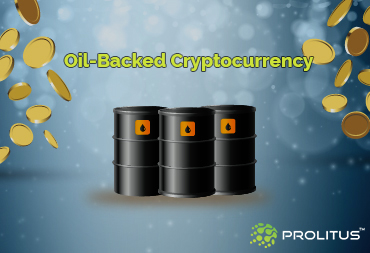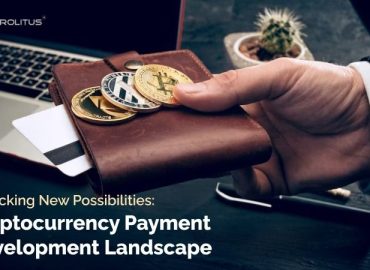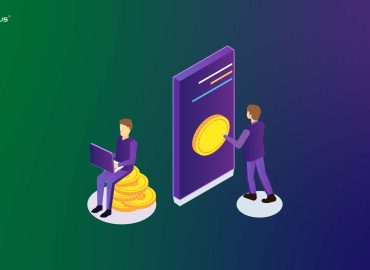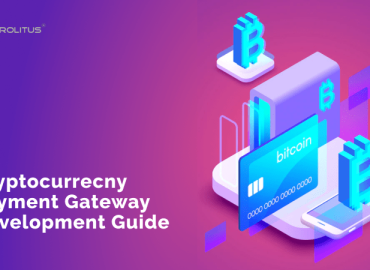Barter System and the Concept of ‘Money’
The barter system was started off by our ancestors in which they used to trade by exchanging the physical things. For example, exchange of 2 horses to get the 4 sharp-axes. Soon they understood that this system had various drawbacks. Not everyone wants horses and moreover, horses were not divisible. Therefore, they need to be shifted on to a more divisible, acceptable, standardized, and portable money forms such as shells, gold, silver, cowry, etc.
The Chinese discovery of paper ultimately led to the paper currency origin, which was originally financed by gold or some other valuable metals. Gradually, the world moved on to fiat currency that is acknowledged as a legal tender by the government but is not backed by any physical commodity. As a result, a big question arises in front of all that, what is money?
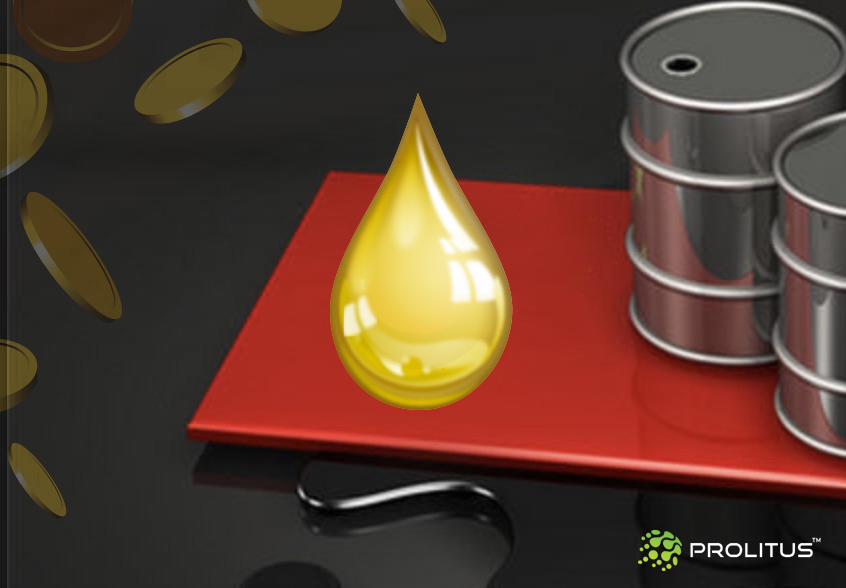
Money can be categorized into four functions i.e. a Measure, a Medium, a Store, and a Standard. This implies, that for a thing to be known as money, it should function as a medium of exchange, a standard of the deferred payment, a measure of the value, and a stock of value.
How Digital Money and Cryptocurrency Came into Existence?
The origin of the computers as well as the Internet introduced various electronic payment method such as stored value cards, debit cards, credit cards, giro transfers, net-banking, mobile wallets, electronic bill payments, digital gold currencies, electronic cheque, real-time gross clearance systems, online banking payment, SWIFT, mobile banking, and many more. But there is an issue with digital money of double spending i.e. the money can be spent twice.
Then came Satoshi Nakamoto’s invention i.e. Bitcoin that solved the issue of double spending. This discovery gave the world it initial or first actually peer-to-peer currency. Numerous virtual sums of money have been piggy-backed on the underlying innovation of Bitcoin, which is Blockchain. In fact, now we have more than 750 currencies that are virtual and are used all around the globe.
Also Read: How to keep your Cryptocurrency Safe?
A virtual money has the entire features of a physical currency. As we have mentioned above, that fiat currency does not have any backed assets, similarly, the cryptocurrencies, such as bitcoin, are not backed by any of the assets too. One and the only dissimilarity is that fiat money has a legal tender position in at least a single country. However, a virtual money is not standardized as the authorized tender by any of the country (this might change soon).
What is an Oil-COIN?
Consider that the ABC is an imaginary oil manufacturing country. At any time, ABC has the oil in the stock worth of 10 billion dollars. It is not helping them in earning anything. In fact, it is just sitting and waiting to be transported to the buyers. ABC plans to issue Oil-COIN i.e. a digital currency backed by the oil stock. The ICO, Initial Coin Offering provides Oil-COIN at a certain price, which is equal to 85 percent of the 3 previous months average value of oil.
Technically speaking, Oil-COIN is accessed on an authorized Blockchain, which is run by ABC with the nodes situated in various countries. Once the Initial Coin Offering (ICO), purchasers are allowed to buy, exchange, and sell Oil-COIN. Wholesalers around the globe are permitted to accept the Oil-COIN for the products and services. For this, ABC charges a minor transaction fee e.g. 0.01% on every transaction.
Prolitus has mastered the art of developing asset-backed cryptocurrency development. They have experienced engineers and consultants who understand client requirements in details and then suggest the best Blockchain-based solutions. To know more about our cryptocurrency development services, drop us an email at success@prolitus.com.
